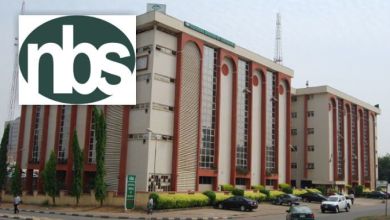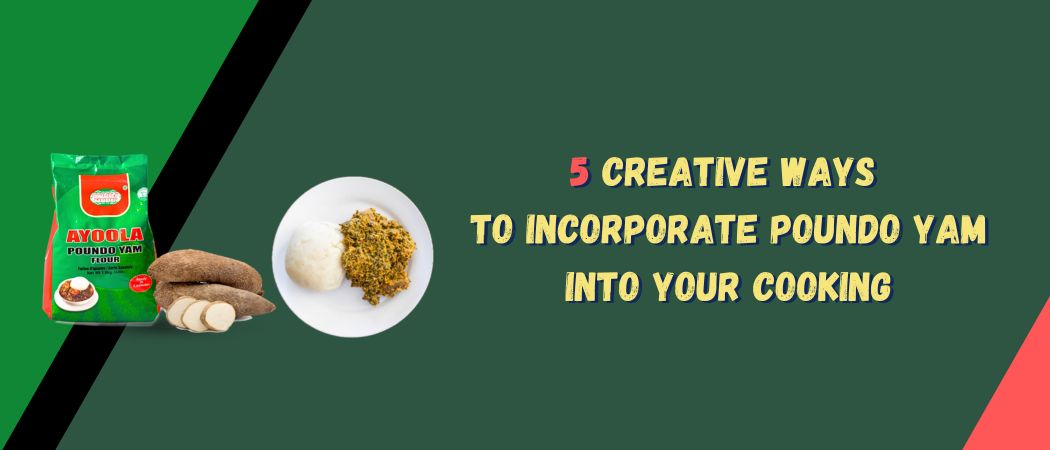The manufacturing sector recorded a total output of N12.2tn in the first half of the year, according to the National Bureau of Statistics.
Data obtained from the Gross Domestic Product report show that aggregate manufacturing output in the first and second quarters stood at N6.1tn each.
The total output of N12.2tn for H1 2021 represents an increase of N1.1tn when compared to the N11.1tn recorded in the second half of 2020.
Out of the 13 subsectors of the manufacturing sector, seven recorded positive economic performance between H2 2020 and H1 2021, while six subsectors experienced a decline in productivity.
The seven subsectors that recorded increase in economic performance include cement, from N2tn to N2.5tn; food, beverage and tobacco, from N3.8tn to N4tn; textile, apparel and footwear, from N2.6tn to N3tn; and wood and wood products, from N233.9bn to N235.1bn.
READ ALSO: Buhari Govt treating bandits worse than IPOB – Presidency
Other subsectors are pulp, paper and paper products, from N146.2bn to 162bn; non-metallic products, from N624bn to N752.5bn; and motor vehicles and assembly, from N274bn to N498bn.
The oil refinery subsector recorded a huge decline in productivity within the period under review, from N32.5bn to N13bn.
The other five subsectors that recorded decline in output are chemical and pharmaceutical products, from N288.9bn to N275.3bn; plastic and rubber products, from N351.1bn to N307.4bn; electrical and electronics, from N8.3bn to N7.2bn; basic metal, iron and steel, from N250bn to N200.9bn; and other manufacturing, from N392.7bn to N300.4bn.
The performance of the manufacturing sector shows resilience amid the major challenges in the sector such as limited access to credit and financial services, poor infrastructure and unreliable power supply that forces businesses to rely on generators, thus increasing their input costs and reducing their overall competitiveness and profitability.
An expert and former President of the National Accountants of Nigeria, Dr Sam Nzekwe, who spoke on the development, attributed the growth to the gradual recovery of the country’s economy from headwinds propelled by the COVID-19 pandemic.
Nzekwe, however, advocated improved efforts by the Federal Government to ensure sustained growth in the sector, stressing that the sector was still encumbered by various challenges.
He said, “In 2020, we had the coronavirus pandemic, and by 2021, we were just recovering from it. Now that we are better recovered, we see growth in certain sectors of the economy, with manufacturing being one of them.
“While there is growth, what I urge the government is that they should ensure sustainability of this growth. So, let the government continue to provide an enabling environment, so that the manufacturing sector can thrive. They should tackle the challenges in the sector to ensure better growth.”
According to the GDP report for Q2, manufacturing sector contributed 14.8 per cent to nominal GDP and was one of the major drivers of growth in the non-oil sector within the quarter.






















